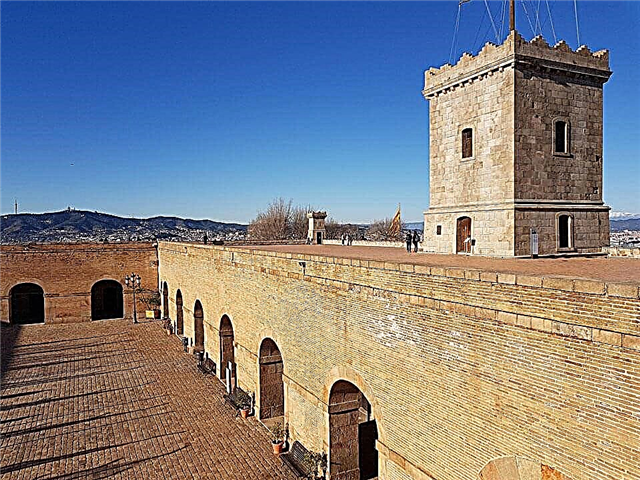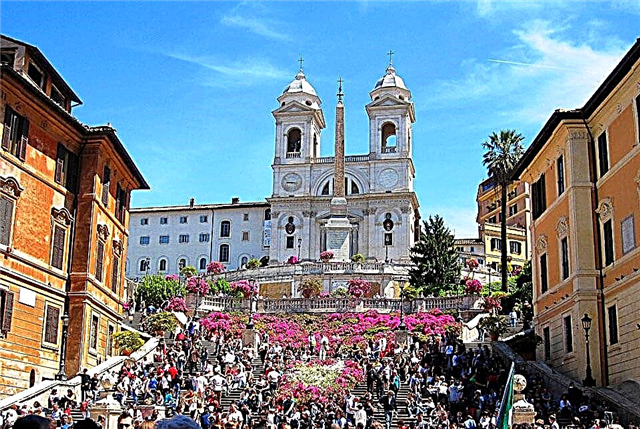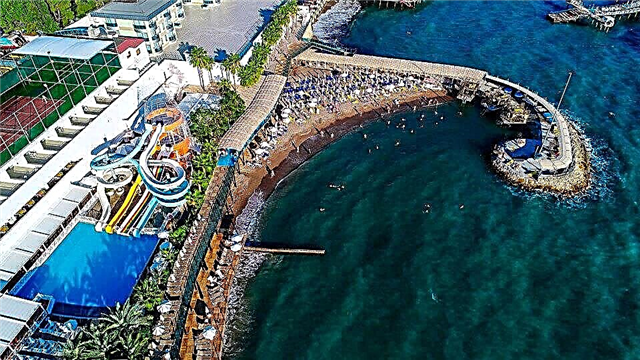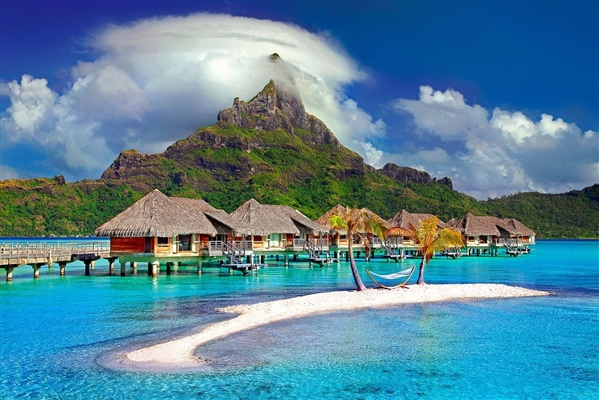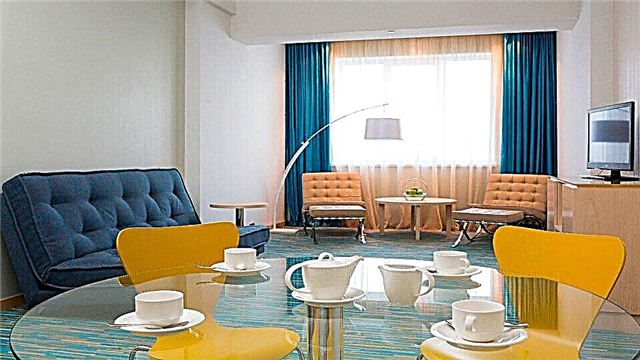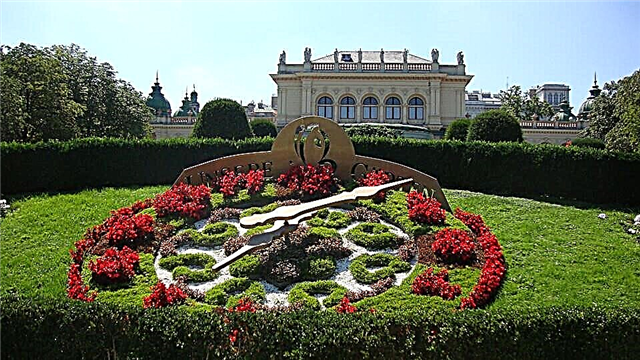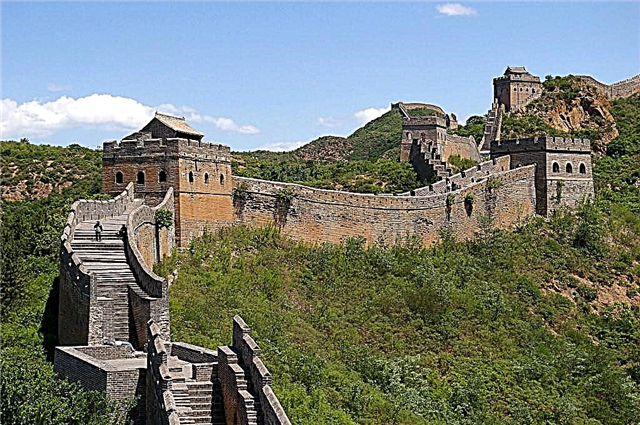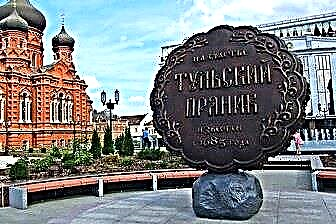Cozy provincial Tula is a city of delicious gingerbread, painted samovars and reliable guns. It is this stereotype that has become entrenched in the minds of tourists in the city. Indeed, in Tula there are interesting museums dedicated to the glorious history of arms and machine-building factories, and "gingerbread houses", where you can not only learn the history of the delicacy, but also buy unusual gingerbread as a gift to all your friends. But there is something else - the domes of the bell towers of Orthodox churches, endless green plains and birch groves, noble estates and magnificent parks.
It's nice to come to Tula for the weekend. The abundance of attractions in the city itself and its surroundings will not let the most active tourists get bored, and the measured and calm atmosphere will make you fall in love with Tula with the most tender and devoted love.

The best hotels and hotels at affordable prices.
from 500 rubles / day
What to see and where to go in Tula?
The most interesting and beautiful places for walking. Photos and a short description.
Tula Kremlin
A monument of Russian architecture of the 16th century, an important defensive outpost of the Russian state for many years. The Tula Kremlin was built by order of Tsar Vasily III and over time became the key point of the Zasechnaya line - a number of fortifications that protected the state border from the raids of the southern steppe nomads. The Kremlin never surrendered to the enemy; the Crimean Khan Devlet-Girey was defeated under its walls in 1522.

Assumption and Epiphany Cathedrals of the Tula Kremlin
Orthodox churches on the territory of the Tula Kremlin. The Assumption Cathedral was built in the 17th century (to replace the wooden church) at the expense of Tula merchants. The name of the author of the architectural project has been lost in history. The Epiphany Cathedral is a former cathedral. It was built towards the end of the 19th century. In the Soviet years, a museum of weapons was located on its territory, which is still working. Currently, the temple has lost its religious significance.

Tula State Museum of Weapons
An exposition demonstrating the inventions and products of the Tula Arms Factory and the achievements of the arms industry. Until the construction of a new building in 2012, the museum was located on the territory of the Epiphany Cathedral of the Tula Kremlin. After the opening of the new site, some of the exhibits moved from the temple. Also, in a modern building, military equipment of the second half of the 20th century is exhibited.

Museum "Tula Gingerbread"
A small museum telling about the history of the famous delicacy - Tula gingerbread. The museum contains gingerbread cookies made for the anniversaries of famous historical events: the Patriotic War of 1812, the Battle of Kulikovo, the Russian-Turkish war. Here you can also look at the forms of the Tula confectioners, by which the gingerbread was baked, and at the "pretzels" of all possible shapes, weights, sizes and colors.

Museum "Tula samovars"
A museum on the territory of which a large collection of samovars is exhibited. The exposition is located in two halls - the first one covers the "samovar" history of the 18th-19th centuries, the second contains exhibits of the late 19th - early 20th centuries. The samovar is one of the three immortal symbols of Tula, along with a gun and a gingerbread, so the museum is very popular with visitors. The exposition opened in 1990 in a historic building of the early 20th century.

Museum "Moto-Auto-Art"
The exhibition is based on the private collection of the enthusiast - restorer L.P. Zyakin. Here you can find several thematic collections dedicated to motor vehicles. The central place is occupied by the products of the Tula Machine-Building Plant, but many other manufacturers are also represented. The excursions are conducted by Zyakin himself, who knows every nuance about his motorcycles and can tell visitors many interesting stories.

Tula Museum of Fine Arts
Regional Art Museum, which contains exhibits from the noble estates of the Olsufievs, Urusovs, Bobrinsky, Obolensky and other local aristocrats. The exposition was founded in 1919, and since then it continues to be replenished due to private collections, the Union of Artists and assistance from the Ministry of Culture. The collection contains works by Aivazovsky, Shishkin, Serov, Polenov, Surikov and other eminent masters.

Museum "Necropolis of the Demidovs"
Memorial historical museum dedicated to the activities of the Demidovs - a family of industrialists and entrepreneurs known throughout Russia. The exposition was opened for the 340th anniversary of the birth of the founder of the dynasty - Nikita Demidov. The central place in the museum is occupied by the family tomb of the Demidov family, which is located on the territory of the Nikolo-Zaretskaya church.

Assumption Cathedral
The current cathedral of Tula, until 1917 it was the main temple of the Assumption Convent. According to documentary evidence, the cathedral already existed in the 18th century (the first building was built of wood). The modern building is an example of pseudo-Russian architecture of the early 20th century. In the 30s. They tried to blow up the temple, but the building survived and survived until restoration in the 2000s.

All Saints Cathedral
A former cemetery church of the late 18th century, which gradually grew into a magnificent cathedral, which can be called one of the symbols of Tula. The temple was built on a hill, thanks to which its architectural ensemble is clearly visible from all points of the city. The predominant architectural style is a skilful transition from Baroque to Classics, or, in other words, early Russian classicism.

Monument to Lefty
Lefty is a famous literary hero N. Leskov. According to the author's work, thanks to his unique abilities, Lefty managed to shoe a flea. This character eventually became a symbol of all Tula masters. A monument in honor of the craftsman was erected near the Tulamashzavod machine-building plant in 2009. The artistic design of the sculpture is to show the high professionalism of the company's employees.

Monument to Tula gingerbread
Another modern monument in which the city symbol is immortalized - gingerbread. This is a two-meter structure weighing 1300 kg, located not far from the Assumption Cathedral. The monument was opened in 2014, and right there the townspeople endowed it with a wonderful ability to give happiness to everyone who touches the surface of the "iron sweetness". The monument has become a popular photo spot and a must-see point on the city's tourist route.

Sculpture "Tula Tea Party"
A sculptural group depicting a tea drinking scene. A couple is sitting at a table with a samovar and unchanging Tula gingerbread - a man plays the accordion, and a woman, in thought and dreams, listens to his imaginary songs. A cat and a dog are comfortably at their feet. There is a third, unoccupied chair near the table and another cup of tea for passers-by. The composition invites you to take part in a hospitable tea party.

Tula Exotarium
Amphibian and Reptile Park, one of the most popular places in Tula. There are about 500 snakes here alone. The exotarium has existed since 1987; its employees are active in the conservation and breeding of rare species of animals. During the excursion, you can look at dangerous anacondas, a huge reticulated python, gila-toothed lizards, large turtles and other exotic representatives of the animal world.

Central Park of Culture and Rest. Belousova
The largest park in the city, listed as a natural monument. At the end of the 19th century, on the site of the park, there was a city dump, which it was decided to close, and improve the territory.The transformation of the heap of garbage into a place for rest of the townspeople took place at the initiative of the sanitary doctor of Tula P. Belousov. On the territory of the park there is a forest, a recreational area and artificial ponds.

Polenovo
The first museum on the territory of the Russian Empire, which became available to the general public. It is located several tens of kilometers from Tula. The museum was organized on the initiative of the artist V. Polenov. At the end of the 19th century, the painter acquired land here and built an estate. Polenov himself designed the buildings, planted trees in the park and even came up with the appearance of the Trinity Church, located in the nearest village of Bekhovo. Today the estate-museum is run by the artist's descendants.

Mother of God Palace Museum and Park
A palace and park complex located in a picturesque corner of the Tula region. Previously, these lands belonged to the Bobrinsky count family. The ancestor of the dynasty was the illegitimate son of Catherine II and Count Orlov. Already in the 18th century, the estate with a park was considered a picturesque place and “a miracle of the local region”. For the incredible beauty and tranquility of the landscapes, the Bogoroditsky Palace was nicknamed "Tula Peterhof".

Kulikovo field
Memorial Museum-Reserve, located on the site of the historical Battle of Kulikovo in 1380. The victory in that battle marked the beginning of the liberation of Russia from the yoke of the Tatar-Mongol yoke. The territory is located about 130 km. from Tula near the village of Monastyrshchino. In the museum-reserve, historical reconstructions of the great battles are constantly arranged, which can be visited as part of the excursion route.

Station-Museum "Kozlova Zaseka"
Railway station-museum, named after the governor I. Kozlov. At the time of the rise of the Moscow principality, on the site of the station there was a notch that guarded the borders from enemy raids. Hence the name. The station is located close enough to L. Tolstoy's estate "Yasnaya Polyana", so the writer was a frequent visitor here. The museum was opened in 2001 after the restoration of the premises; now the station looks exactly the same as during the life of L. Tolstoy.

Yasnaya Polyana
The estate of the great Russian writer Leo Tolstoy. Here he lived, worked and looked for inspiration. The complex consists of a residential estate, several houses, outbuildings and a park. The images of the estate can be seen in the novel War and Peace; Tolstoy used them to create the appearance of the family estate of Prince Volkonsky. The museum was created thanks to the efforts of the children of Lev Nikolaevich.


